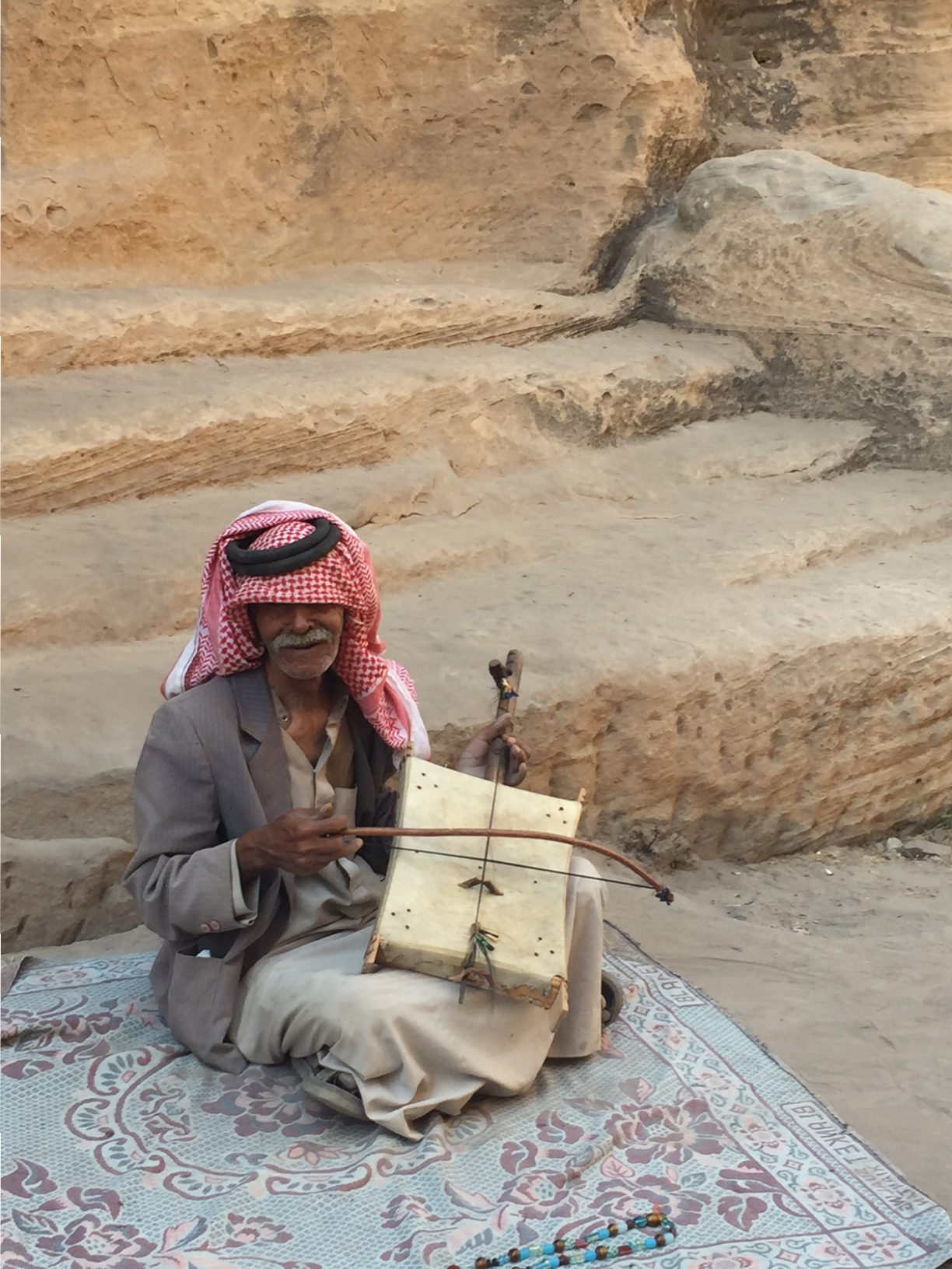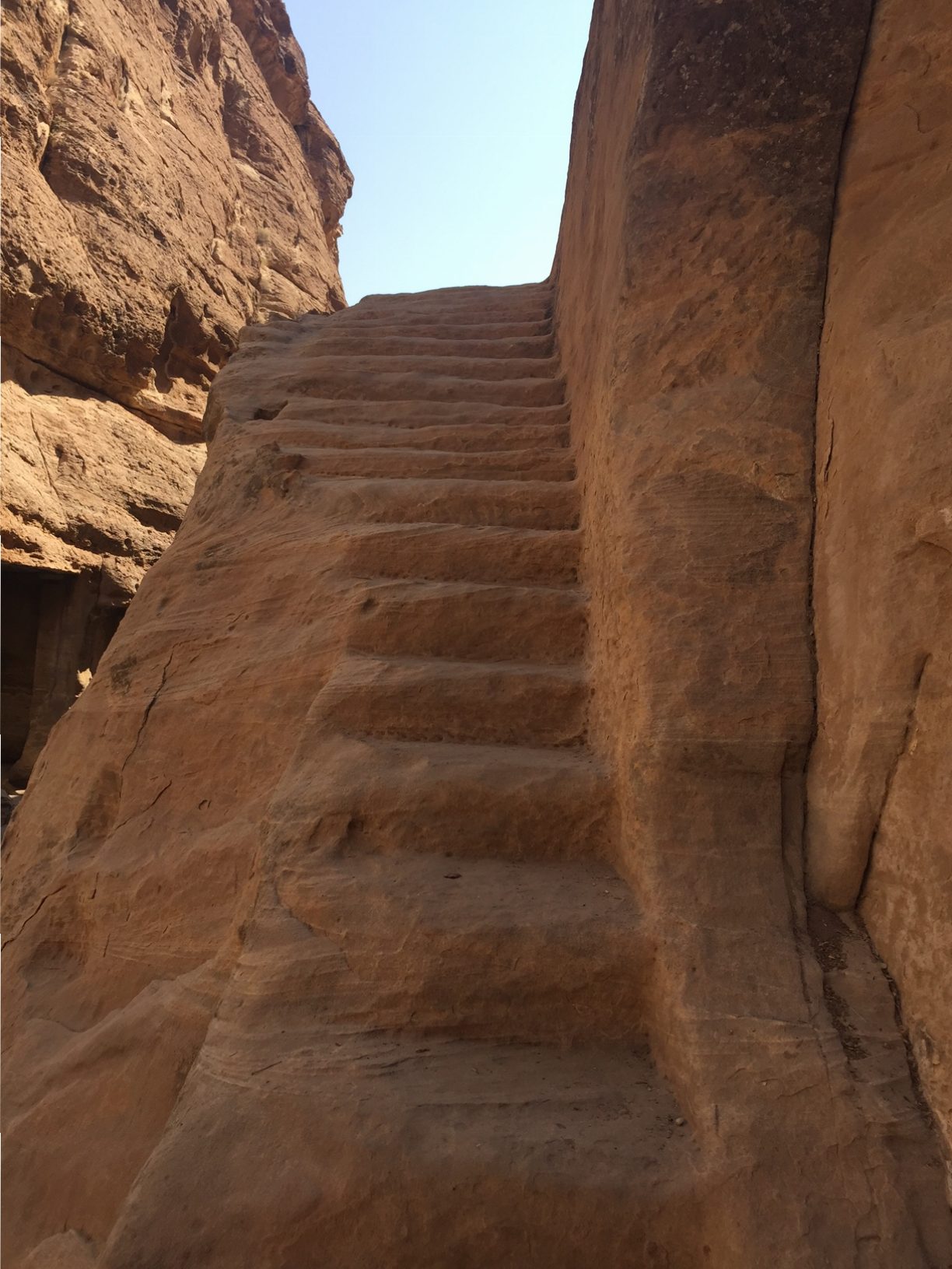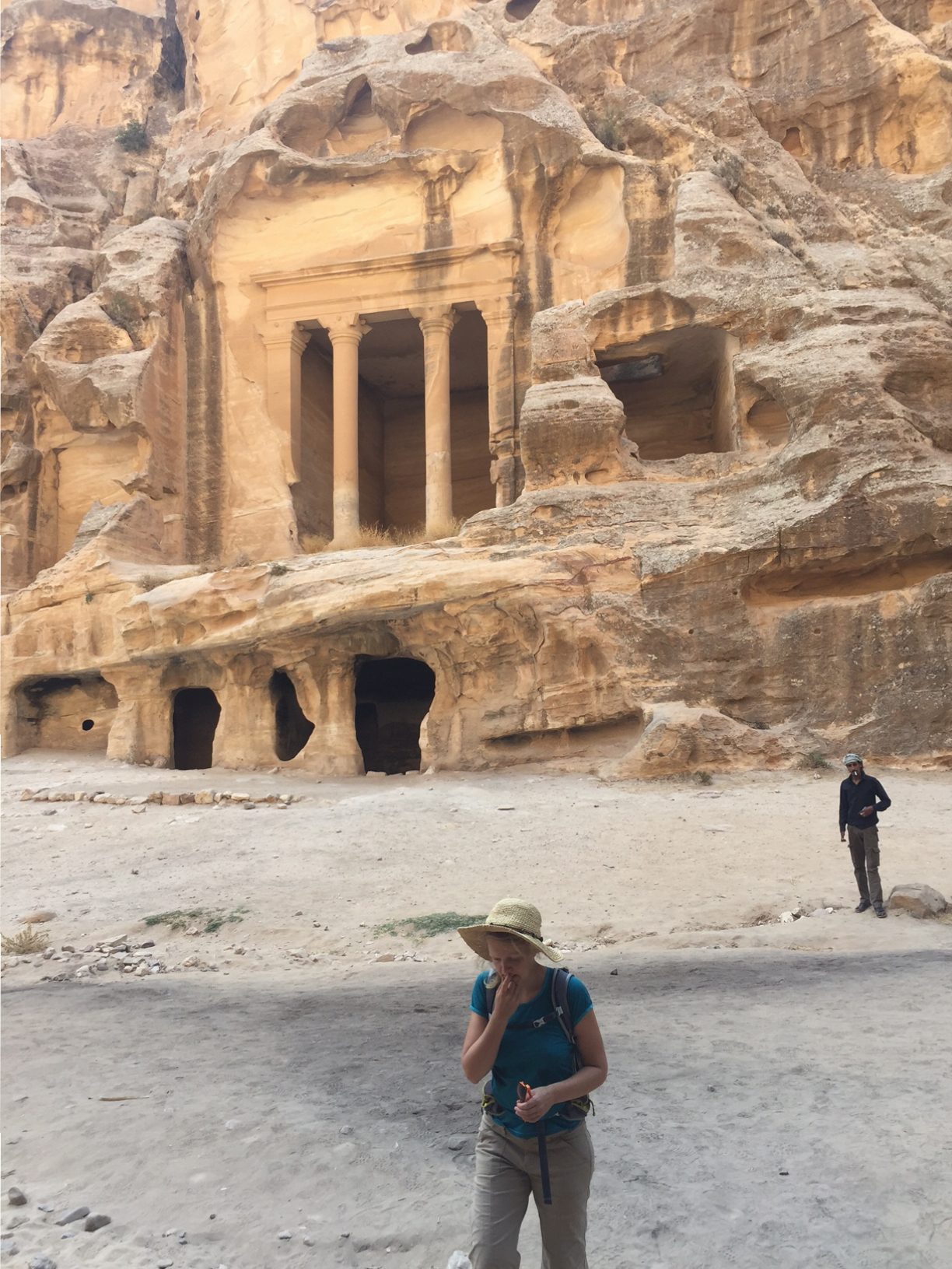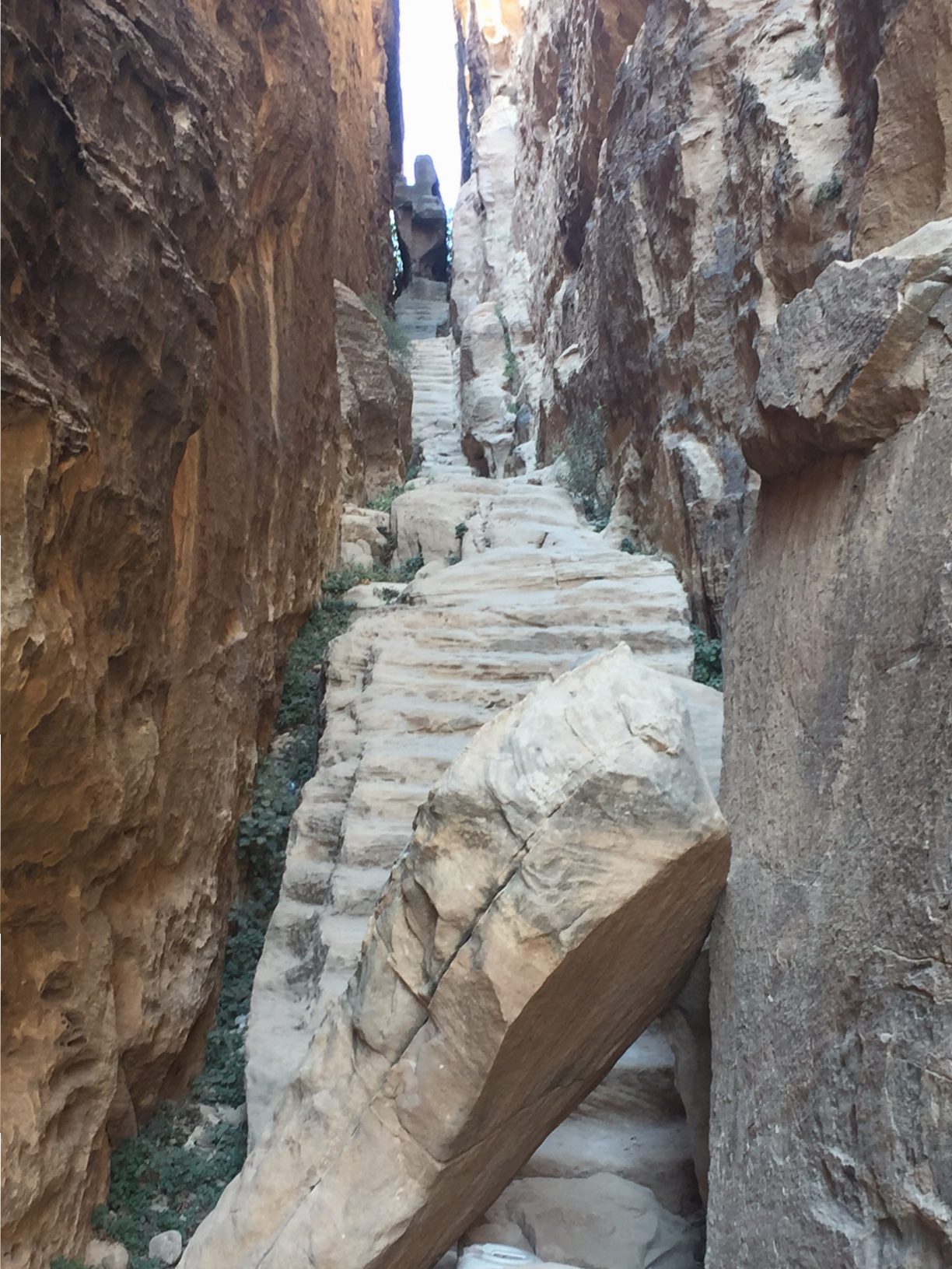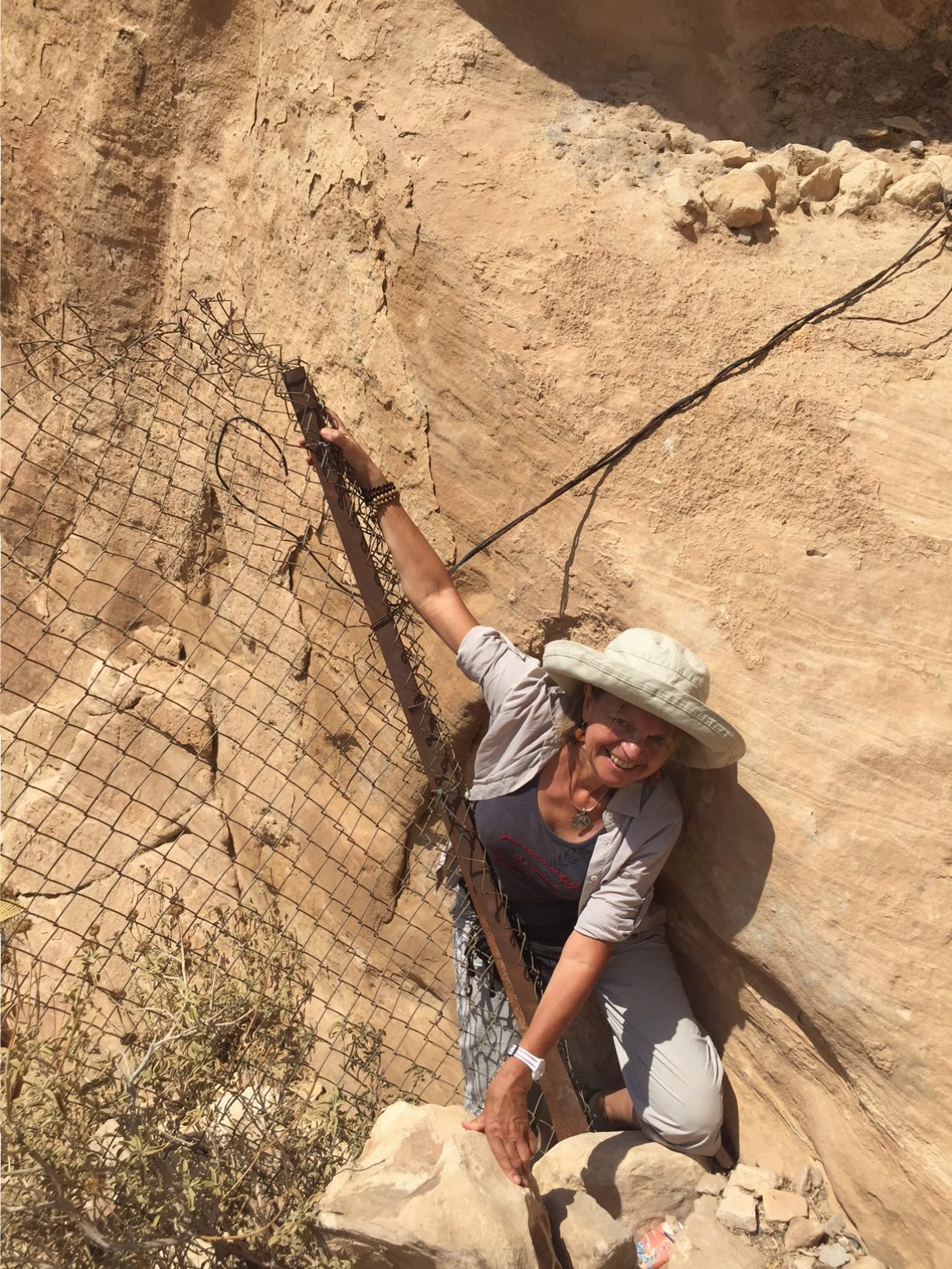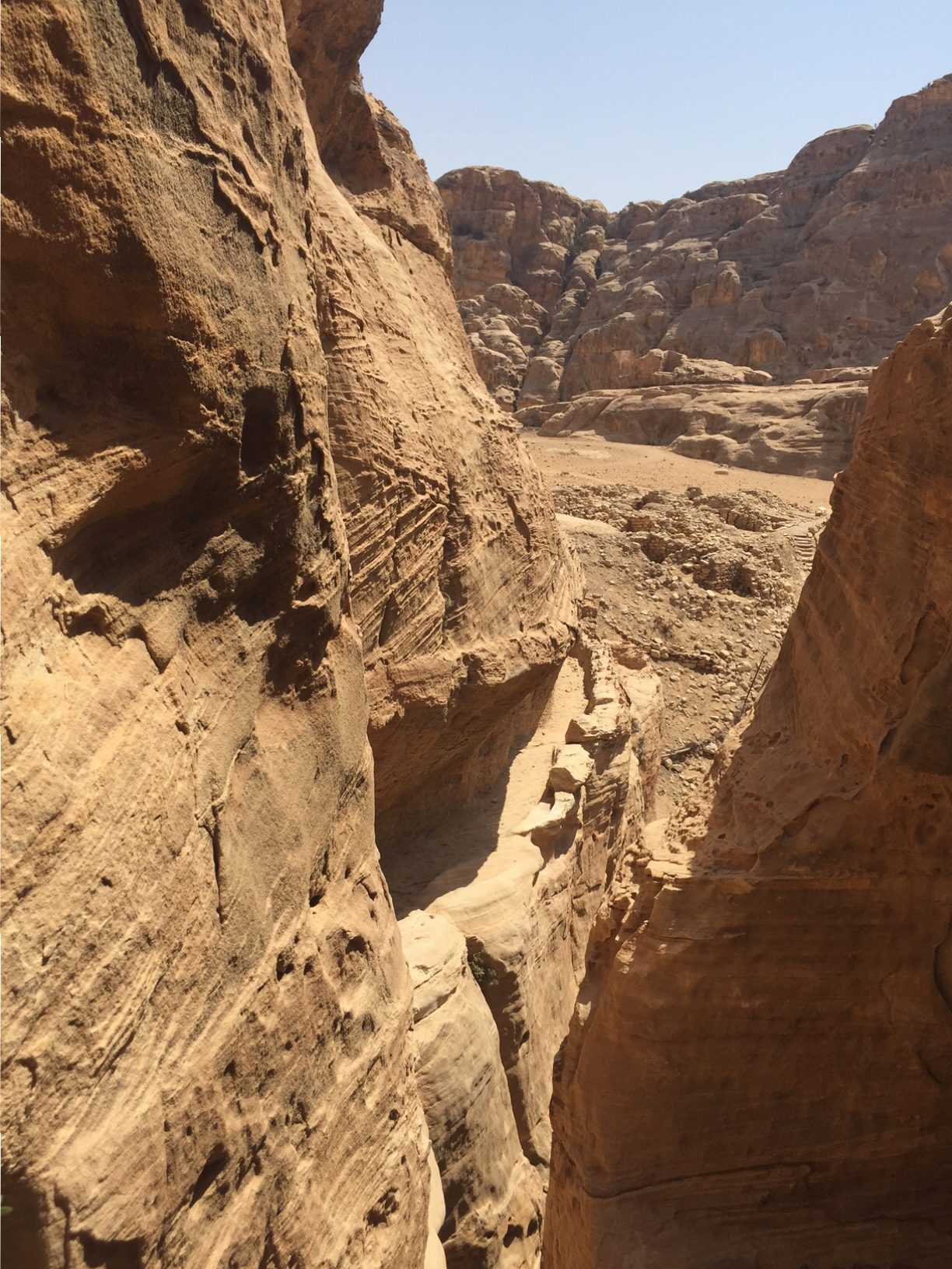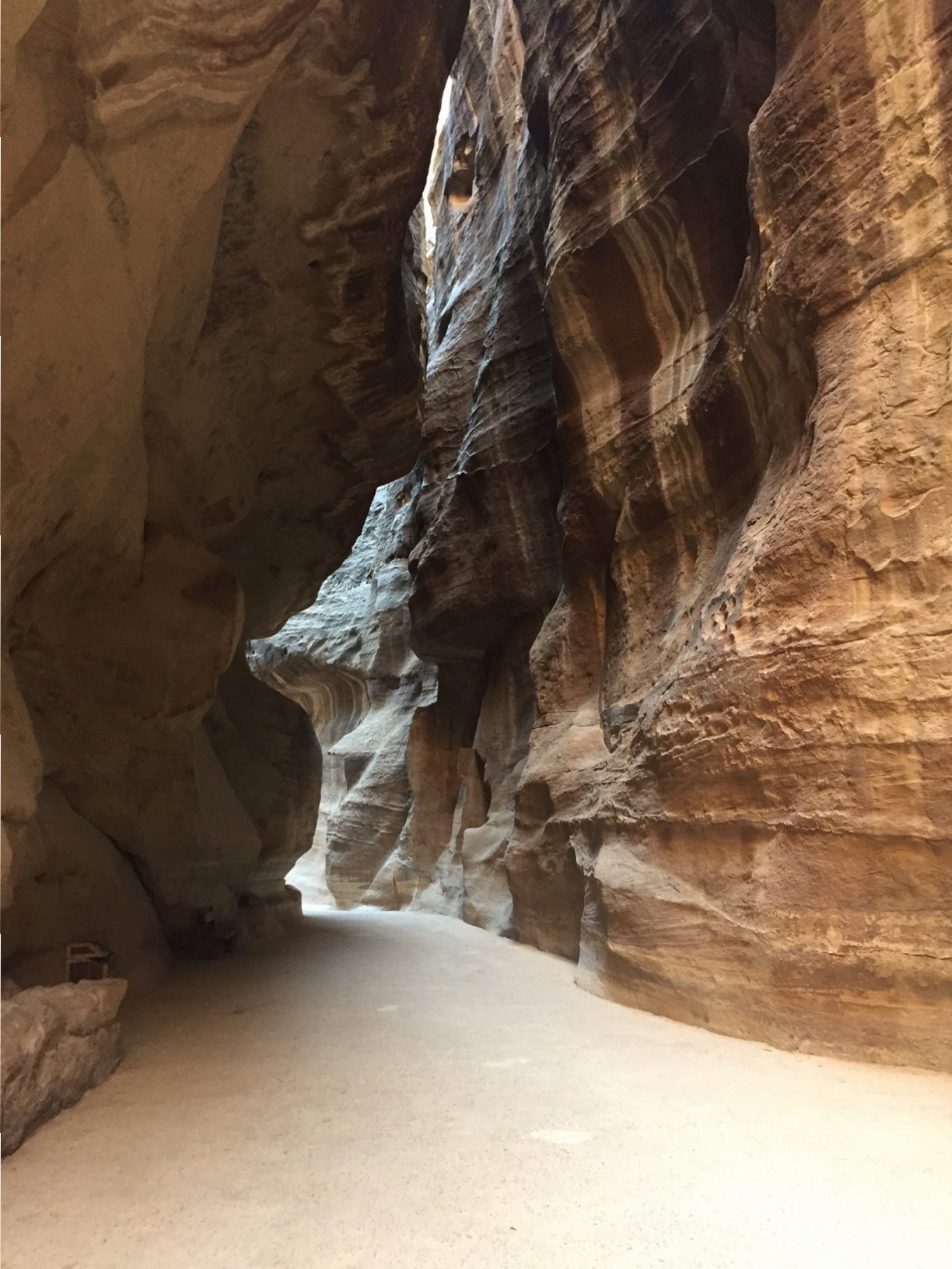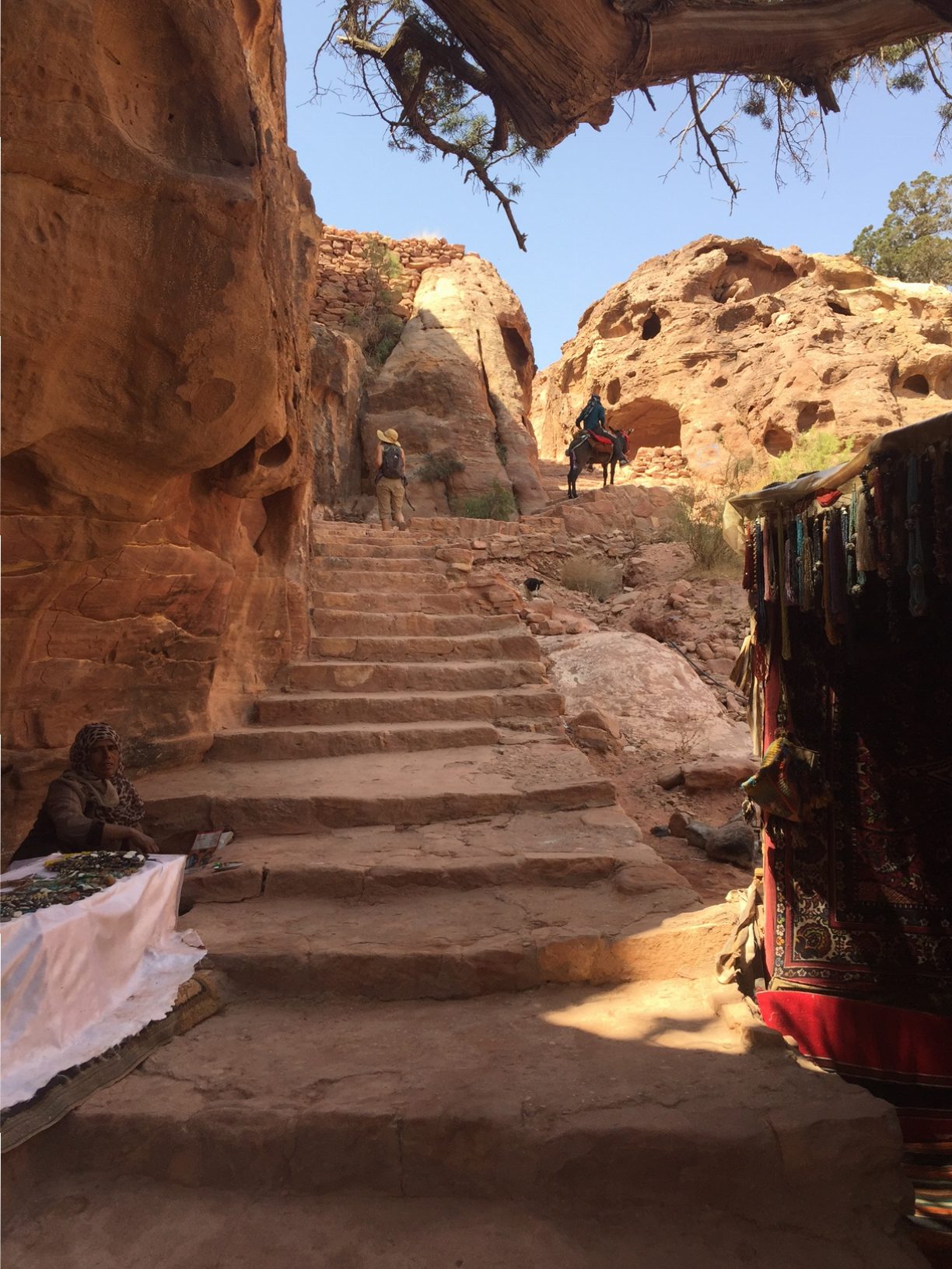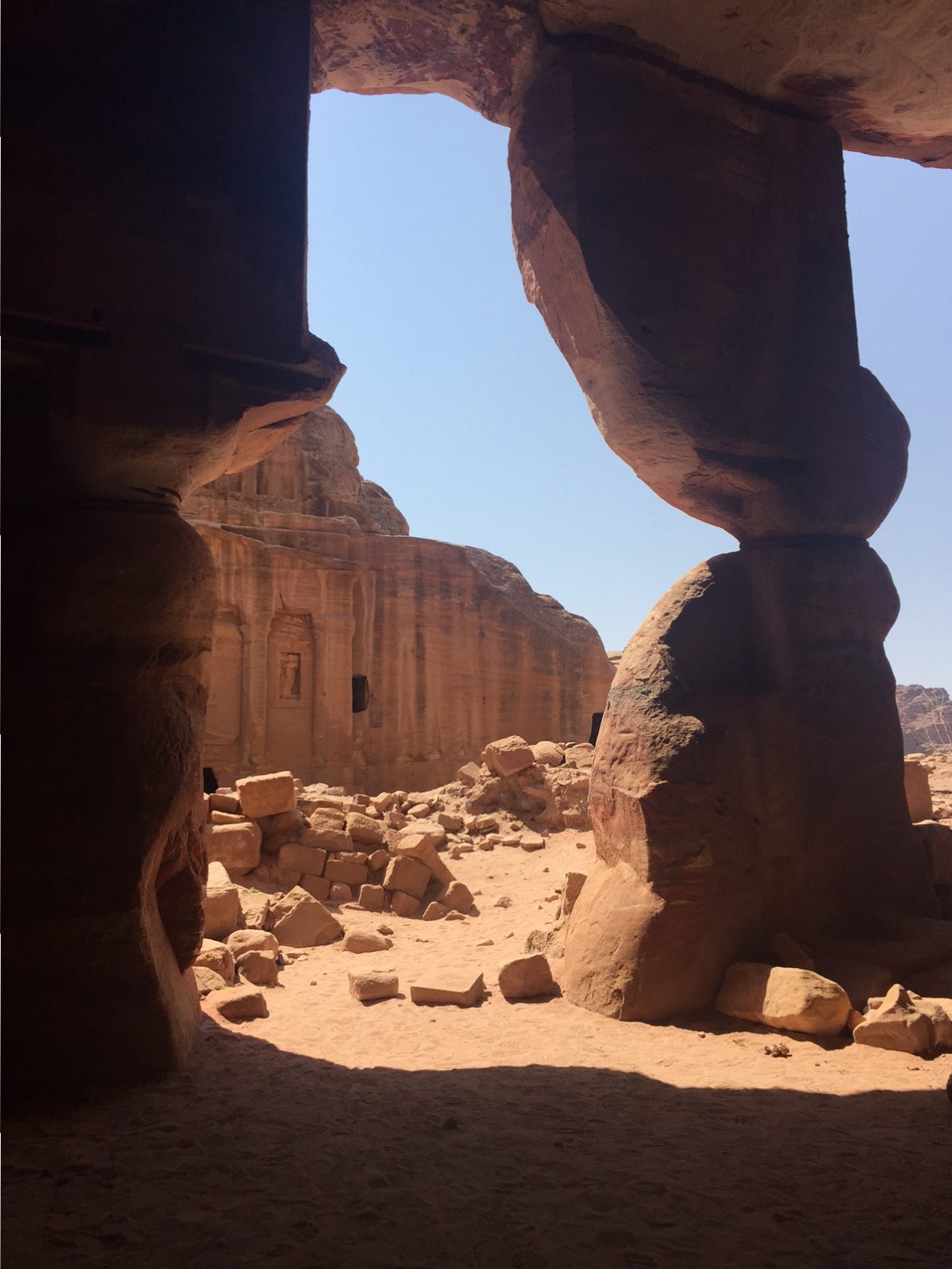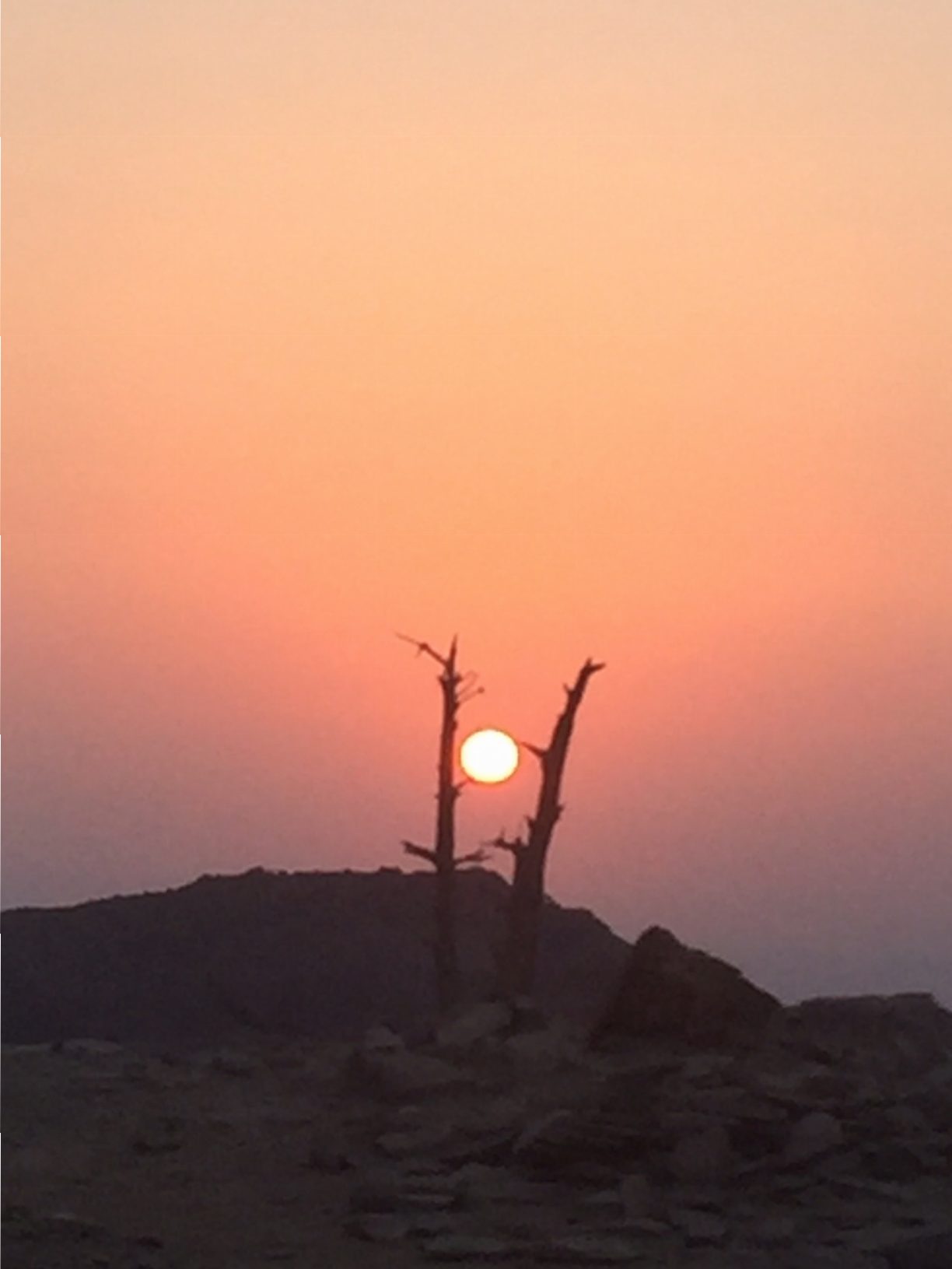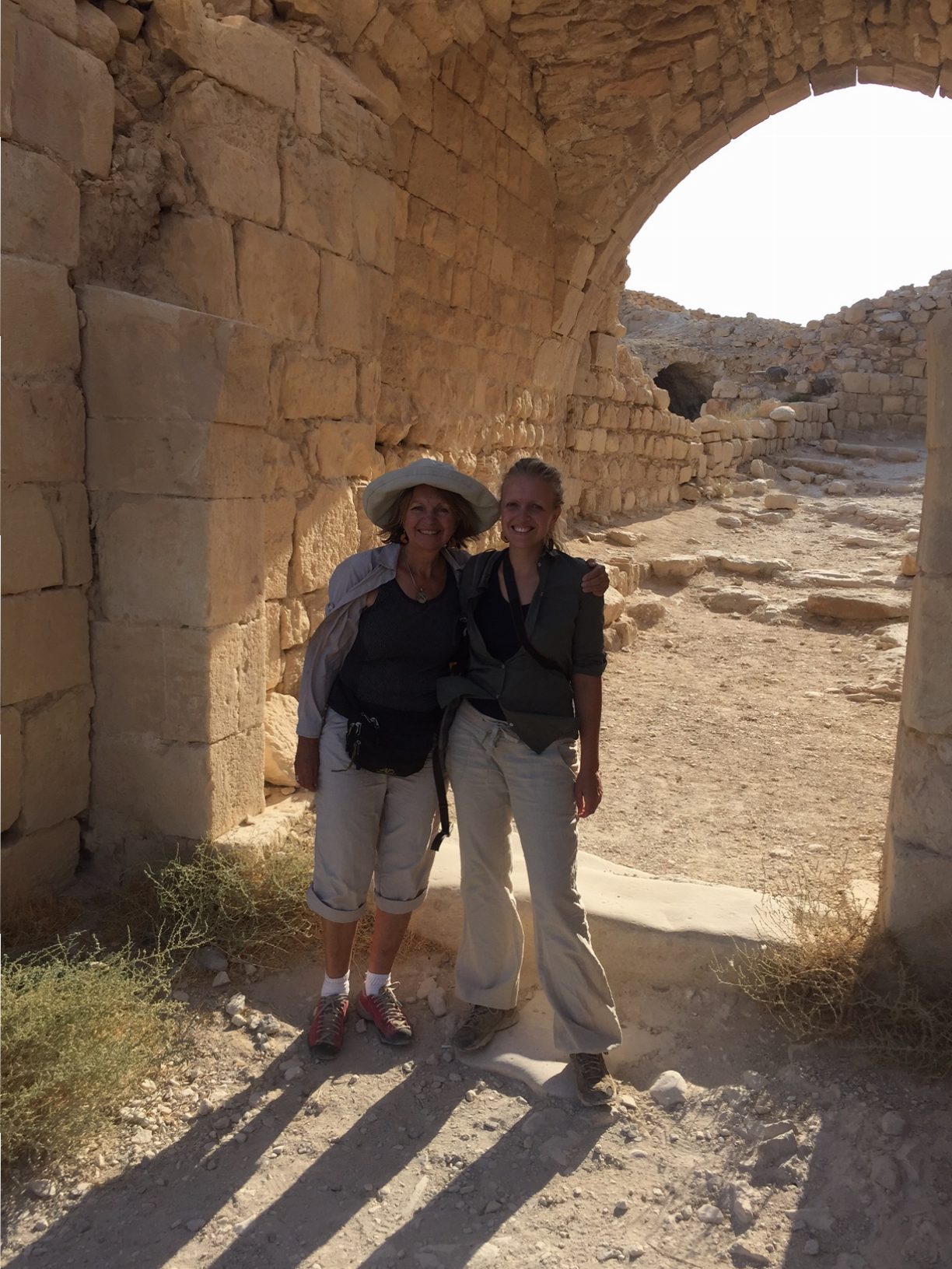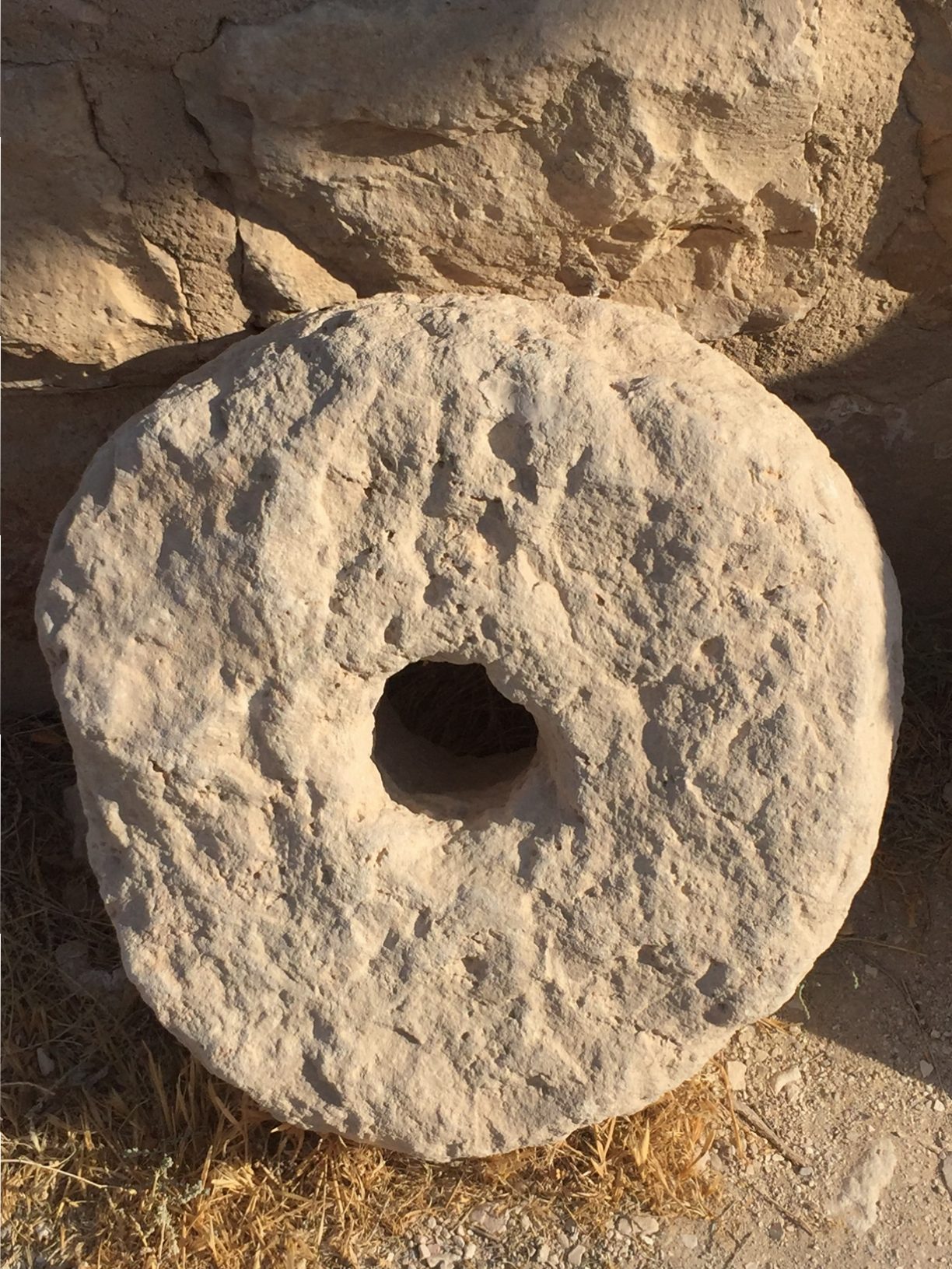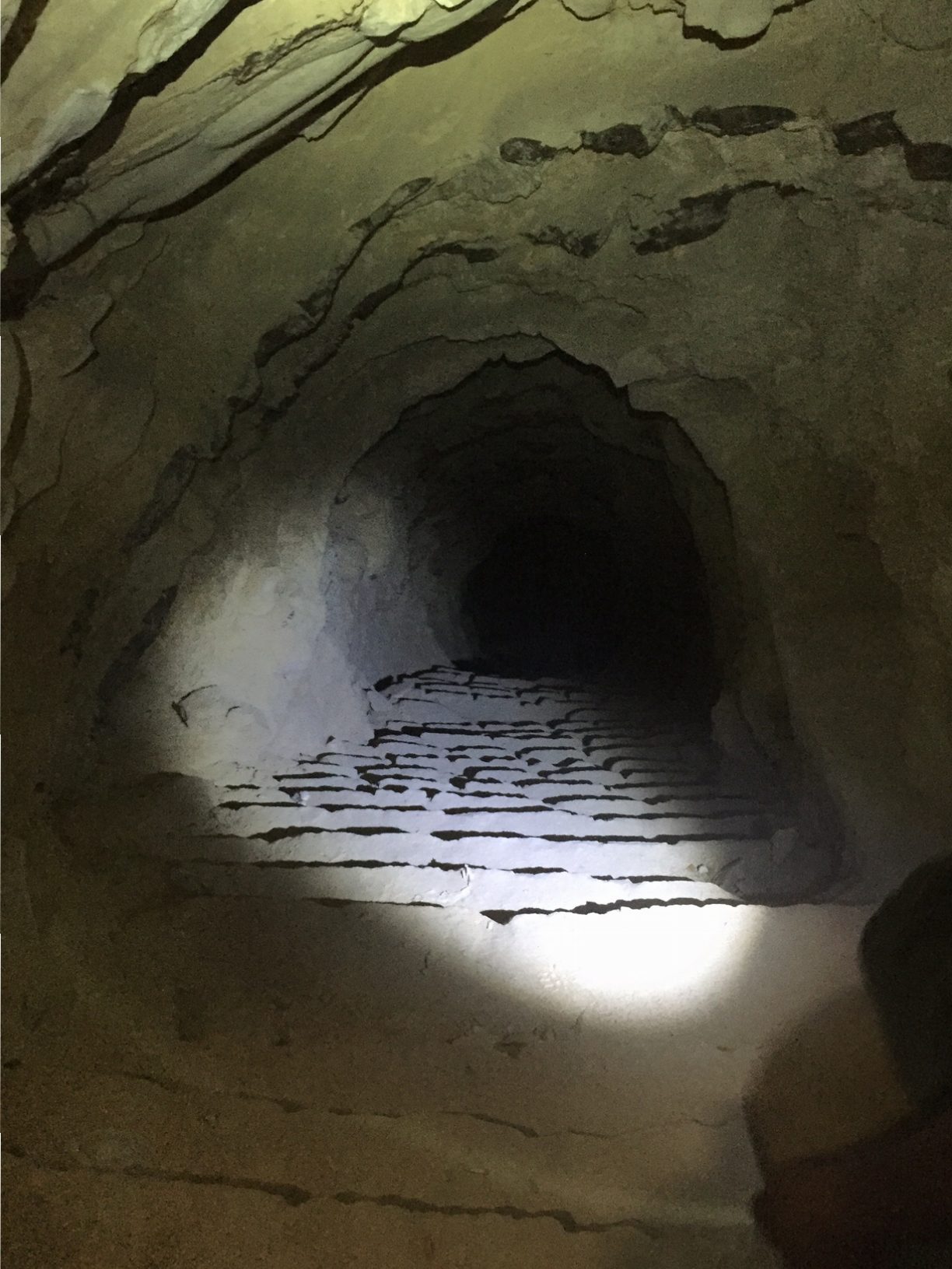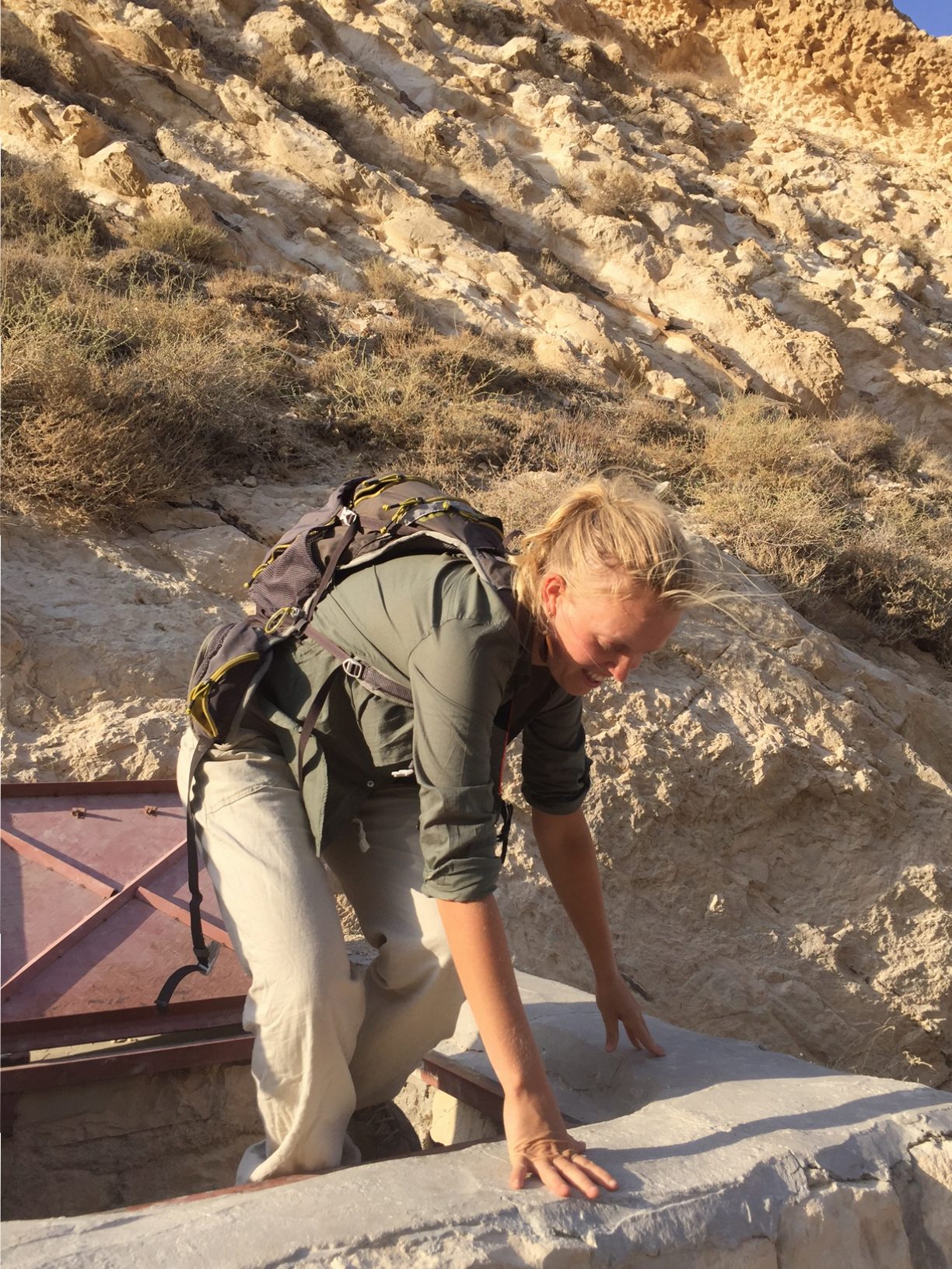Dear friends,
This September, I was hiking in Jordan and visited Jerusalem, Jericho and Bethlehem. I would love to share my experiences and impressions with you. I hope you enjoy the virtual hike in this beautiful part of the world.
Gassho, Garyo
ーーーーーーー
The area my daughter Anna-Sophie and I are hiking in is the cradle of Western civilization. 9000 years ago, people started to cultivate the land and domesticate plants and animals. The land was fertile with lots of trees and water. Now it is desert caused by constant exploitation of the resources.
Bayda, a Neolithic settlement near Little Petra
The settlement is as old as Jericho and is considered one of the earliest farming settlements in the Middle East.
A Neolithic house
At nearly 40 degree Celsius, this house had a fresh breeze and felt cool.
For three days, Anna-Sophie and I hiked different trails in Petra and Little Petra. In Little Petra, our Beduine guide Khaleb showed us many over 2000 year old water cisterns carved into the rock, water canals and tombs. They were done by the Nabateans.
We walked through narrow passages, over ancient stairs and steep smooth rocks. The red sand stone reminded us of Arizona. Our guide showed us a carob tree. The dried pods, also known as St. John’s bread, tasted delicious!
In the photo below, you see a Bedouine who had used the traditional eye make up called Kohl to protect his eyes from ailment. Kohl is made by grinding a mineral called stibnite. It is the same the Egyptians used.
Siq into Petra
Petra is one of the Seven Wonders of the World and was founded about 312 B.C. The city declined when the Nabateans lived under Roman rules, mainly because the main commercial routes became sea-based. However, the latest research shows that the final abandonment of the city happened by a big flash flood. Buildings and the water system were destroyed. Many meters of white sand from the nearby mountains still are covering the ancient Roman road. The last inhabitants left the city in 551 AD after a major earthquake destroyed the rest.
In the evening, we walked up to the monastery and continued the path in the direction of Little Petra. Our host, Shady, waited for us at the road that hardly can be called a road – luckily, he had four wheel drive.
Anna- Sophie, fascinated by a white blooming flower
Over centuries, the area was invaded by different peoples- Romans, Crusaders, Saladin, Mamluks and Osmans. Each civilization left a footprint. We were told that the most destructive footprint for the environment was done by the Osmans who cut all the trees down in order to build a railway. This lead to the desertification of the land.
We visited Shobak Castle, built by the crusaders. The whole area is called Shobak meaning forest. Only a few trees are left. A tunnel with 365 stairs cut into the rock led down to a well. At the end, we had climb up an about 10 m vertical shaft to the surface. The well still had water.
Shobak castle with visitor center in the front
Anna-Sophie climbing out of the deep shaft
……….
This travelogue with pictures is contributed by Garyo
who contributed many others in this site.




